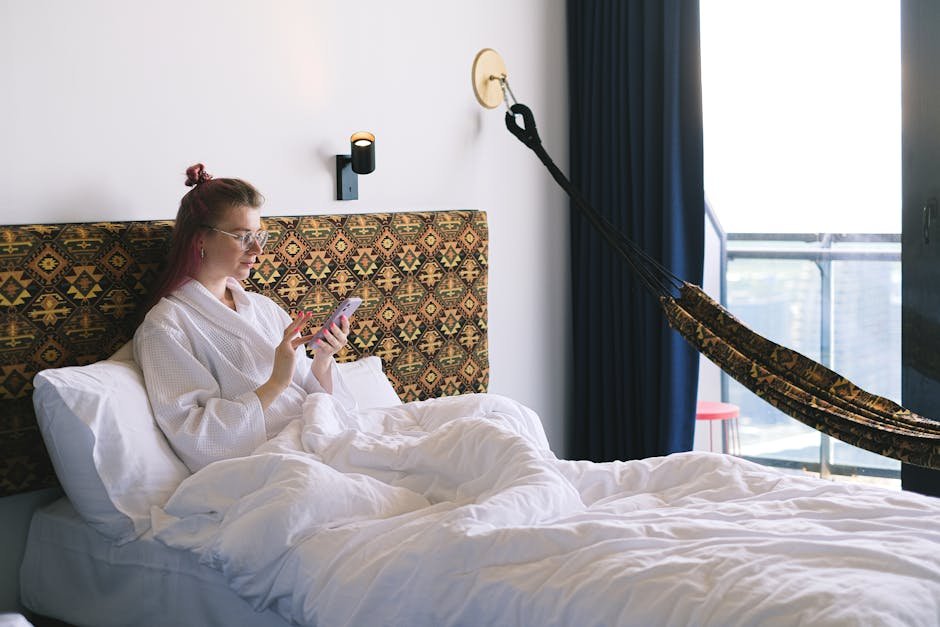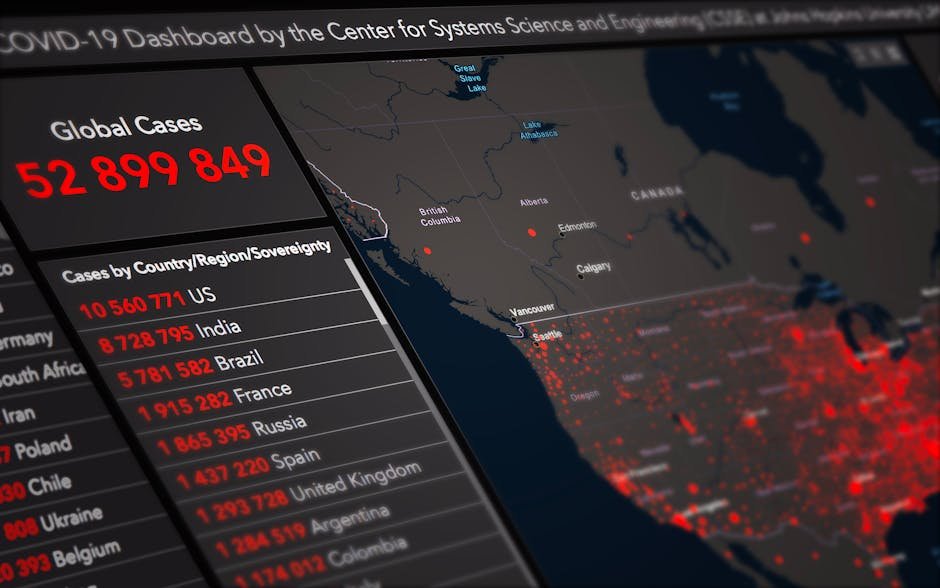Let’s be honest: chasing client deadlines from a co-working space in Kuala Lumpur while planning a weekend in Penang sounds epic—until you’re exhausted. As a digital nomad in 2025, the freedom to work anywhere is a dream, but without boundaries, it’s easy to burn out. With 35 million nomads and 50% reporting overwork (Nomad List, 2025), setting work-life boundaries is key to thriving. This guide shares actionable ways to protect your energy, tailored for nomads in vibrant hubs. Built on 2025 trends and X insights, here’s how to work smart and live fully.
Why Boundaries Matter for Nomads?
Nomads face unique pressures: time zone clashes (e.g., US clients from Thailand), unstable income, and the hustle to fund hubs like Lisbon ($1,000–$1,600 USD/month). Overwork leads to burnout, with symptoms like fatigue or anxiety hitting 60% of nomads (Global Citizen Solutions, 2025). Boundaries ensure longevity and joy in the nomad life.
Top Tips to Set Boundaries
Here’s how to balance work and life in 2025.
1. Define Work Hours
Clear work hours prevent work from bleeding into personal time.
- Action: Set a 5–6-hour daily work window (e.g., 9 AM–3 PM) using Calendly ($12 USD/month) to block client calls outside it. Communicate availability in email signatures. Work from co-working spaces like Selina Medellín ($70–$150 USD/month).
- Example: A nomad in Chiang Mai works mornings at Punspace, reserving evenings for night markets.
- Why It Works: Fixed hours reduce stress; 65% of nomads with schedules avoid burnout (MBO Partners, 2025).
2. Say No to Overload
Taking every gig to fund travel leads to exhaustion.
- Action: Prioritize high-value projects ($50–$100 USD/hour) over low-paying ones ($10–$20 USD/hour). Use Trello (free) to track workload and decline excess. Aim for $2,000–$6,000 USD/month to cover visas (e.g., Colombia’s $684 USD/month).
- Example: A coder in Bali declines a $15 USD/hour gig, focusing on a $2,000 USD app project.
- Why It Works: Selective work preserves energy and income.
3. Schedule Downtime
Exploration is a nomad perk—make time for it.
- Action: Block 1–2 hours daily for local activities (e.g., Lisbon’s fado nights, $10–$20 USD) or weekly day trips (e.g., Medellín’s Guatapé, $30 USD). Use Google Calendar (free) to plan. Limit work to 5 days/week.
- Example: A writer in Málaga works Monday–Friday, spending Saturdays at the beach.
- Why It Works: Downtime boosts creativity and prevents resentment.
4. Use Tech to Enforce Limits
Apps can automate boundaries and reduce overwork.
- Action: Set “Do Not Disturb” on Slack or email after hours. Use RescueTime ($6 USD/month) to cap work time. Automate responses with Boomerang ($5 USD/month) for Gmail.
- Example: A marketer in Playa del Carmen uses RescueTime to limit work to 30 hours/week, freeing time for cenotes.
- Why It Works: Tech enforces discipline; automated tools save 2–3 hours/week (Medium, 2025).
5. Prioritize Self-Care
Mental and physical health are boundary foundations.
- Action: Join gyms ($20–$50 USD/month in Thailand) or yoga classes ($5–$15 USD/session in Bali). Meditate 10 minutes daily with Headspace ($13 USD/month). Eat local produce ($100–$200 USD/month).
- Example: A nomad in Bansko skis weekly, reducing stress and boosting mood.
- Why It Works: Self-care lowers burnout risk; exercise cuts anxiety by 20% (Harvard Business Review, 2025).
Boundary Tips by Hub
| City | Boundary Strategy | Cost (USD) | Why It Works |
|---|---|---|---|
| Kuala Lumpur | Morning work at Common Ground | $80–$200/month | Quiet urban vibe |
| Lisbon | Evening fado nights after work | $10–$20/event | Cultural downtime |
| Medellín | Day trips to Guatapé | $30/trip | Breaks from city hustle |
| Bali | Yoga at Ubud’s Yoga Barn | $5–$15/session | Calms mind post-work |
Pros and Cons
- Pros:
- Boundaries boost mental health and productivity.
- Affordable self-care (e.g., $5 USD yoga in Bali).
- Apps like Calendly are cheap ($0–$12 USD/month).
- Cons:
- Saying no risks lost income initially.
- Downtime requires planning in busy hubs.
- Time zone demands test discipline.
Financial Breakdown
- Costs:
- Co-working: $70–$200 USD/month.
- Apps: $0–$20 USD/month.
- Self-care: $20–$100 USD/month.
- Total Budget: $90–$400 USD/month for boundary tools.
- Income Needs: $2,000–$6,000 USD/month for visas and living.
Extra Tips
- Communicate Clearly: Tell clients your hours upfront.
- Batch Work: Group tasks (e.g., emails) to save energy.
- Check X: Join “Nomad Work-Life Balance” for tips.
- Take Breaks: Unplug weekly to recharge (e.g., Bansko hikes).
For more on nomad hubs for balanced living, check out our guide on Mental Health Tips for Digital Nomads.
Conclusion
Avoiding burnout as a digital nomad in 2025 means setting firm work-life boundaries. Define work hours, say no to overload, and schedule downtime to enjoy hubs like Kuala Lumpur or Medellín. Use apps to enforce limits and prioritize self-care with yoga or local adventures. Whether you’re in Bali’s rice fields or Lisbon’s historic streets, these strategies will keep you energized and thriving. Start small, stick to your boundaries, and make nomad life sustainable and fun!







